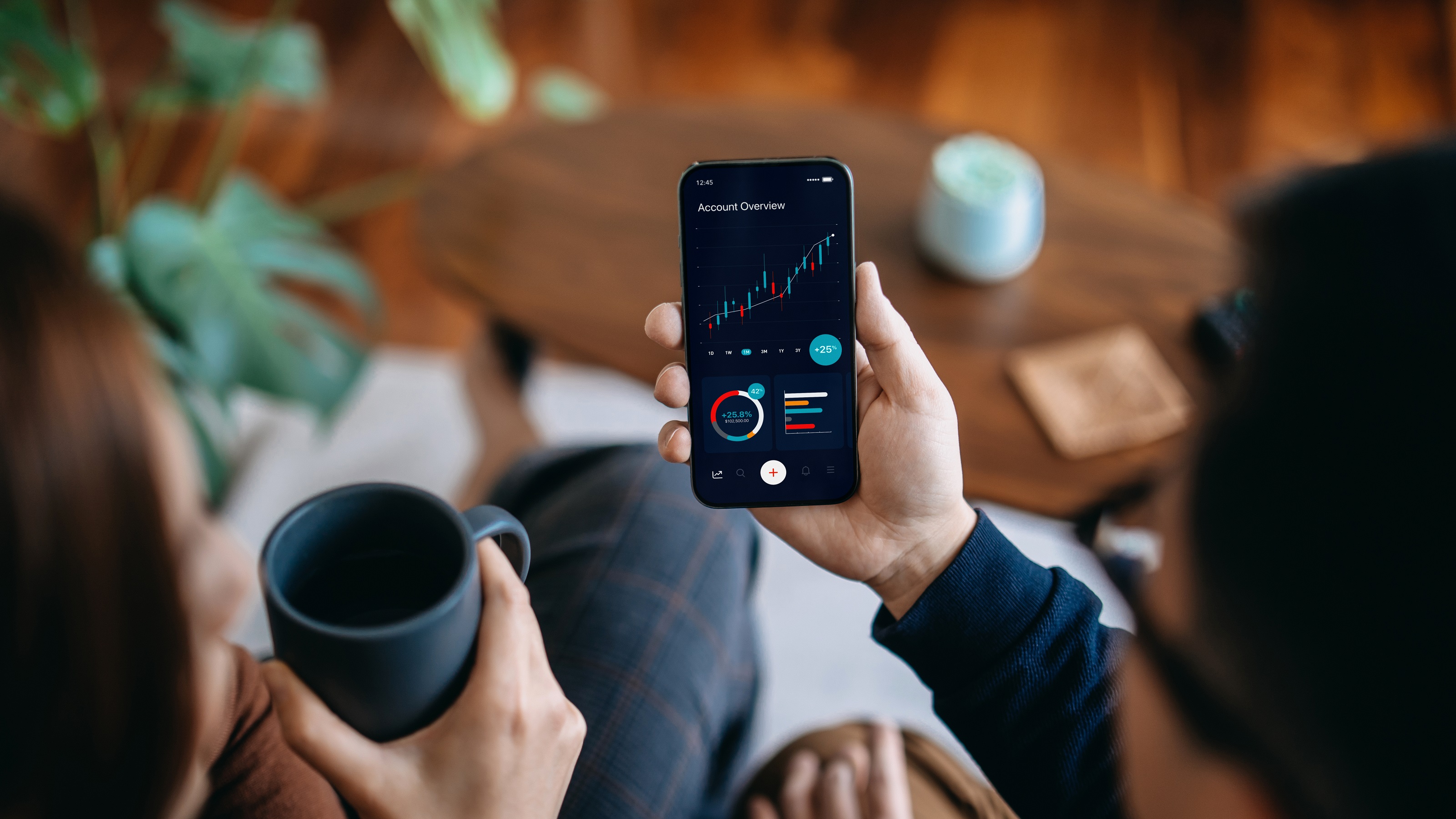
When it comes to investing in the stock market, many of us are somewhat spoiled. This past decade saw the best performance in market history. For some, fantastic returns were the norm, but they’re now finding out that such returns aren’t guaranteed, and the incredible run we enjoyed appears to be over.
To the person counting on significant gains from their investments in order to fund their lifestyle or retirement, the last couple of years have been an unpleasant surprise. Nevertheless, there are still opportunities to improve our potential returns. One such opportunity in flat or downward-trending markets is the call option.
Put simply, a call-option contract involves selling the right to buy a given investment at a specific price — known as the strike price — within a certain time range. For example, if a company is currently trading at $100 per share, you might sell someone the right to purchase that company’s stock from you at $120 per share within the next three months. You’d be paid an option premium right away, then later if the buyer chooses to exercise the option, you would have to either sell them the stock at the agreed-upon price or “roll up” the option by paying some of the premium back to increase the strike price.
If, three months later, the stock price is below $120, the buyer will likely acquire their stock from the market because it costs them less than calling the option with you. If it’s above $120, the buyer is more likely to call that option, meaning you must sell them the stock.
Obviously, both the buyer and seller are placing bets here: The buyer hopes the share price rises well above $120 so they can buy the stock from you “on sale.” You, on the other hand, want that share price to stay at or below $120 so the buyer isn’t tempted to call the option when you could have sold the stock for more.
More than a cash infusion
This strategy can be used for more than a simple cash infusion; there are tax advantages to option contracts. If, for example, your employer gave you shares of company stock as an incentive, and that stock now represents a significant portion of your portfolio, you have a potential tax problem: The cost basis of that stock is zero, which means you will face significant taxation when you sell it.
One way to hedge out risk and avoid having to pay that large tax bill is to write call options against your stock position, then reinvest the income into a diversified portfolio to change the allocation that comprises your net worth.
Of course, the taxation problem can swing both ways: If you write options that are later called, forcing you to sell the stock, that can generate a large tax problem. It’s wise to be ready to roll up your positions by paying back some of the option premium to raise the strike price. Of course, if you don’t take an active role in monitoring the underlying stock movements, this strategy can get away from you and cost you significant amounts of money. This is why options need to be written well, with prudent management of call risk.
There are two main ways in which option contracts are formed depending on the seller’s actual ownership of the stock being optioned. The less risky way is to sell options on stock you own. That’s known as a covered option because the option is literally covered by the stock in your portfolio. If the option is called, you simply sell that stock to the buyer.
A riskier option
But there’s a much more risky option: You don’t actually have to own stock in a company to sell an option contract on that company’s stock. A naked option occurs when you sell options despite not owning the underlying stock. Should the buyer then call the option, you would have to acquire that stock and sell it to the buyer at the agreed-upon price. The advantage of a naked option is that, should the stock price not rise above the option price, you’ll have collected the option purchase price with no outlay on your part; it will be pure profit.
However, that advantage comes with significant risk. Should the stock price rise above the option price, the buyer will call the option, and you will be required to sell the stock to them. This means you will have to buy the stock and then immediately sell it at a loss. The loss potential for a naked option is theoretically unlimited, as some very unhappy investors discovered in the infamous 2021 “meme stock” incident.
In that scenario, a Reddit user bought just over $50,000 in call options for shares in the video game chain GameStop. After other Reddit users drove up the price of GameStop by nearly 200%, the option buyer suddenly found his position valued at $48 million.
But his and other option buyers’ fantastic gains came at the expense of the option sellers, many of whom had issued naked options. Suddenly, these sellers, who had sold options for a stock worth less than $3, faced having to buy the stock at around $200 per share! One investment fund, Melvin Capital Management, had been one of the best-performing funds on Wall Street but suffered a 53% loss in the GameStop call. Even a $2.75 billion cash infusion from other companies couldn’t save it: Melvin shut down just months later.
Option calls helped boost the price
An interesting aspect of that incident from an option call perspective is that the option calls themselves helped to drive the price of that stock up, in what’s known as a gamma squeeze. In short, as buyers purchase naked option calls, the option sellers may begin to buy that stock in order to cover those options.
That turned out well for those sellers in the GameStop situation; they avoided having to take massive losses when the options were called. However, it made the situation even worse for those naked option sellers who chose not to cover themselves after the sale, because the increased number of stock purchases drove the stock price up.
A somewhat less risky version of the naked option involves indexes: For example, if you have a portfolio which owns a number of S&P 500 companies, you can write index options against the S&P 500. This is still a naked option since you do not own an S&P 500 index fund directly. However, because you own companies that are in the S&P 500, you can sell those to buy into an S&P 500 index fund should the option be called.
A twofold advantage
The advantage to you is twofold: Options written directly against companies are treated as ordinary income for tax purposes, whereas options written against an index are treated as 60% long-term capital gains and 40% short-term capital gains. Beyond the tax advantage, naked index options where you own underlying stocks are less risky because you do have assets that can be used to honor the option call should it happen.
It is not, however, risk-free. In some cases, the S&P 500 can rise despite the relatively poor performance of specific stocks within it. If the stocks underlying your naked index option happen to be the ones that aren’t tracking with the overall index gains, you stand to lose money when the option is called.
Indexed or not, if a hugely successful investment fund can be destroyed by naked option contracts, so too can any individual. Because option contracts — especially naked ones — are complicated and often involve significant risk, it would be unwise to attempt to navigate them on your own. In fact, brokerages generally won’t allow you to write certain options unless you have significant verifiable experience in the field.
If the idea of including option contracts in your investment portfolio interests you, seek out an experienced financial adviser who can help you consider all aspects of the strategy.







